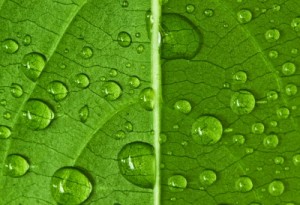 Here in the Seattle area we are fortunate to have enough rainfall to sustain a rainwater collection system year-round. Whether a rainwater catchment system is designed to supplement city water usage, or a larger system designed at the sole source of water for your home, a rainwater collection system will save money on water bills and provide good clean drinking water for your home.
Here in the Seattle area we are fortunate to have enough rainfall to sustain a rainwater collection system year-round. Whether a rainwater catchment system is designed to supplement city water usage, or a larger system designed at the sole source of water for your home, a rainwater collection system will save money on water bills and provide good clean drinking water for your home.
Do you know that with 36 inches of annual rainfall a year, an average home with 2,000 sq ft of roof can produce over 44,000 gallons of water?
In rural areas of the Pacific Northwest, where there is enough room for larger amounts of storage, rainwater storage of 10,000 gallons or more can be constructed to get a household through the summer months.
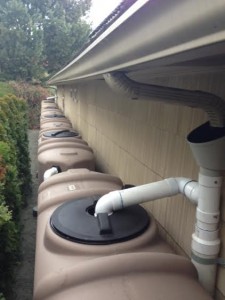 In urban areas, or within Seattle city limits where space is more of an issue, smaller volumes of storage can be used with buried water tanks or slim line design water storage tanks. As little as 3,000 gallons of storage can supplement a house as much as 70 to 80%.
In urban areas, or within Seattle city limits where space is more of an issue, smaller volumes of storage can be used with buried water tanks or slim line design water storage tanks. As little as 3,000 gallons of storage can supplement a house as much as 70 to 80%.
With more concerns of water quality from our municipal water supplies, rainwater can provide clean, safe drinking water for your family. Rainwater, unlike surface water is relatively free of contaminants to start with. With proper storage, filtration, and treatment, clean, safe drinking water can be achieved for your household for years to come at a cost that is affordable.
RainBank Rainwater Catchment Systems has been providing designs and installation of sustainable water systems for more than 10 years in Washington State and is now designing and installing systems in the Seattle area.
“Drop On Leaf” courtesy of winnond / www.freedigitalphotos.net

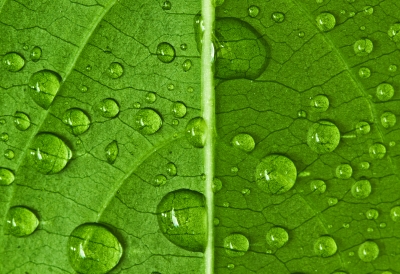
 RainBank Rainwater Catchment Systems is currently building two 5300 gallon water storage tanks for Kirkland Public Safety building. The collected water will be used for irrigation for the newly remodeled building.
RainBank Rainwater Catchment Systems is currently building two 5300 gallon water storage tanks for Kirkland Public Safety building. The collected water will be used for irrigation for the newly remodeled building.
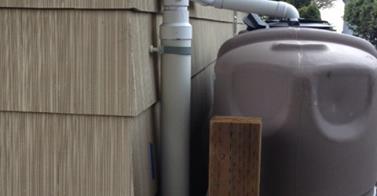
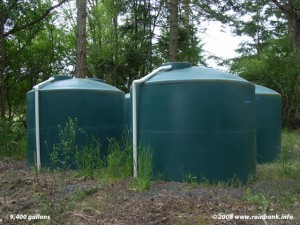 This is Part 4 in the series “How to Build a Rainwater Collection System”. Click to see parts
This is Part 4 in the series “How to Build a Rainwater Collection System”. Click to see parts  Sizes vary from a simple 50 gallon rain barrel all the way up to 10,000 gallons. All should have a UV protection warranty for at least 8 years. Dark colors are recommended to alleviate light penetration which can cause algae growth. Multiple tanks can be manifolded together to achieve the volume of storage needed. Keep in mind that plumbing should be under ground for frost protection.
Sizes vary from a simple 50 gallon rain barrel all the way up to 10,000 gallons. All should have a UV protection warranty for at least 8 years. Dark colors are recommended to alleviate light penetration which can cause algae growth. Multiple tanks can be manifolded together to achieve the volume of storage needed. Keep in mind that plumbing should be under ground for frost protection.